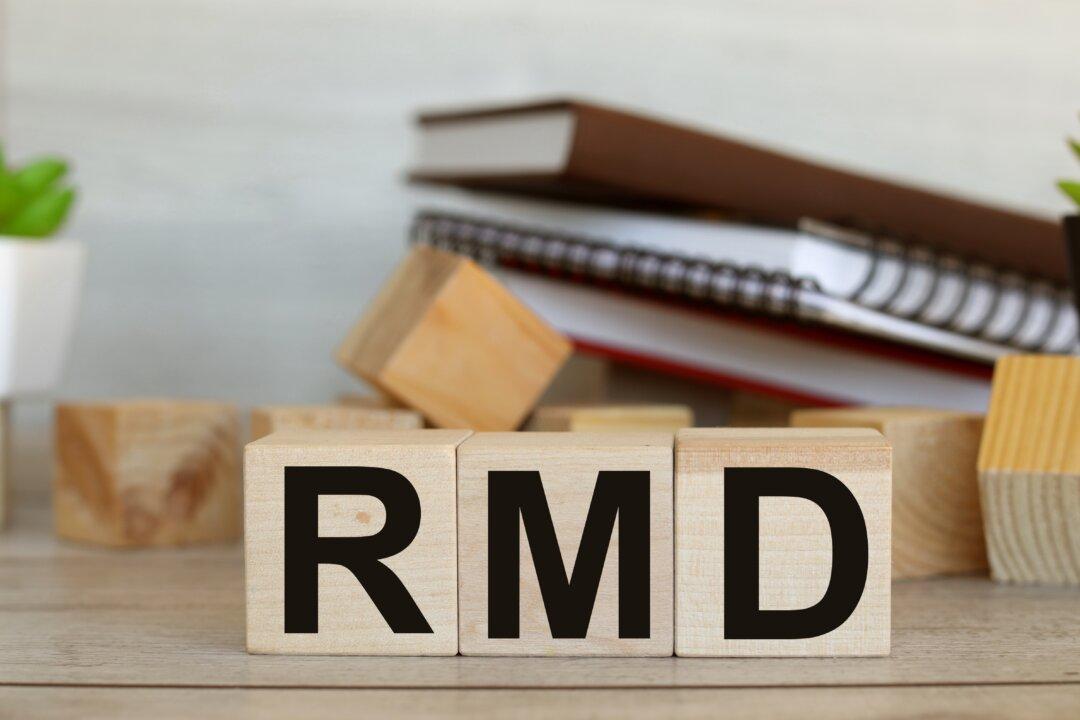As you celebrate the holiday season, retirement planning may be the last thing on your mind. But if you’re turning 73 or already reached that milestone, there are some very important decisions you need to make about your retirement savings.
When you reach age 73, you need to start taking required minimum distributions (RMDs) from retirement plans such as traditional individual retirement accounts (IRAs), 401(k)s, and 403(b)s. An RMD is the amount of money the IRS requires you to withdraw from these types of plans in order to avoid a tax penalty.






